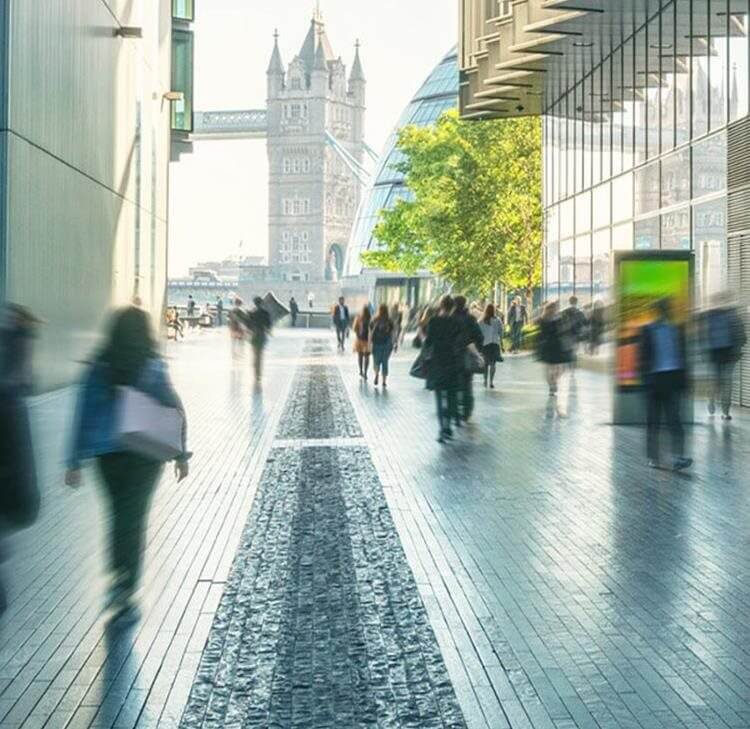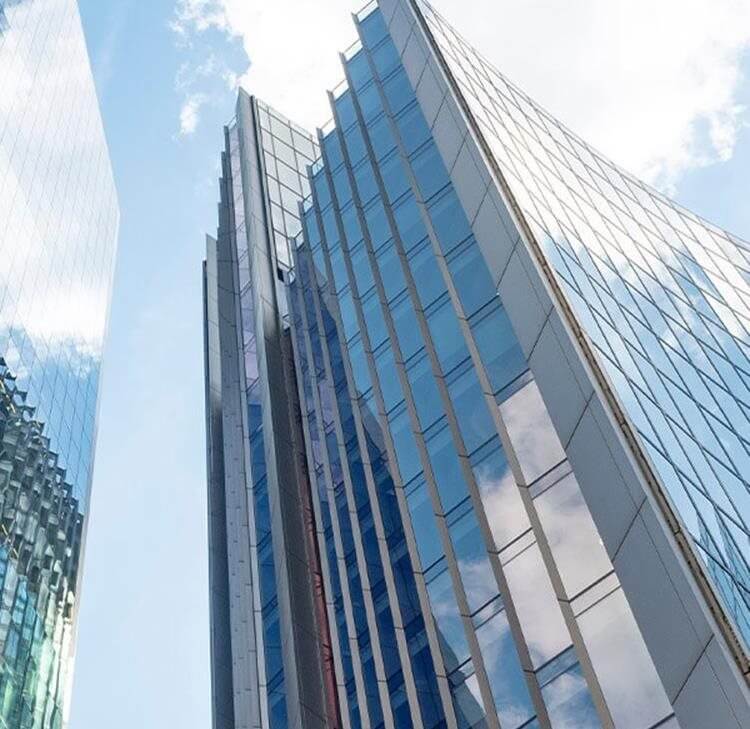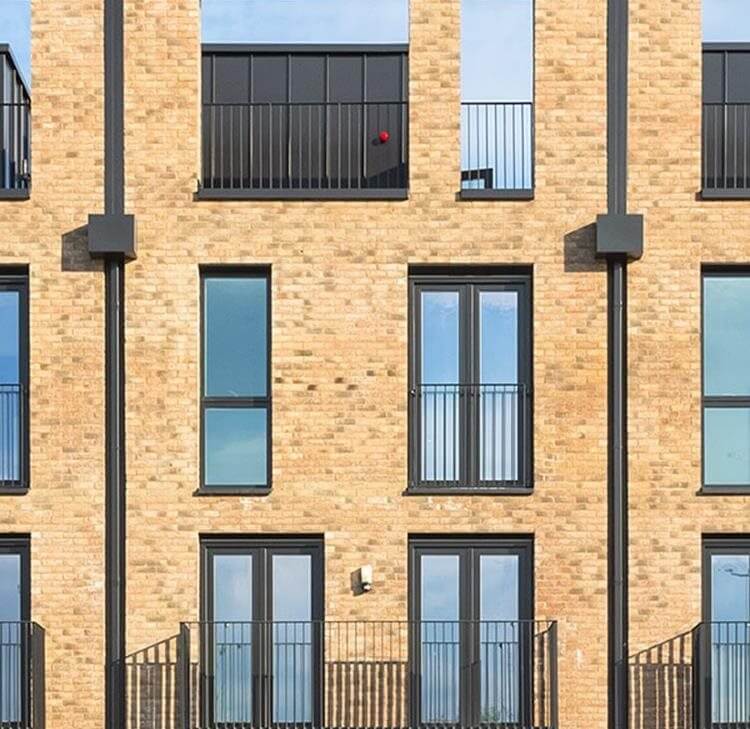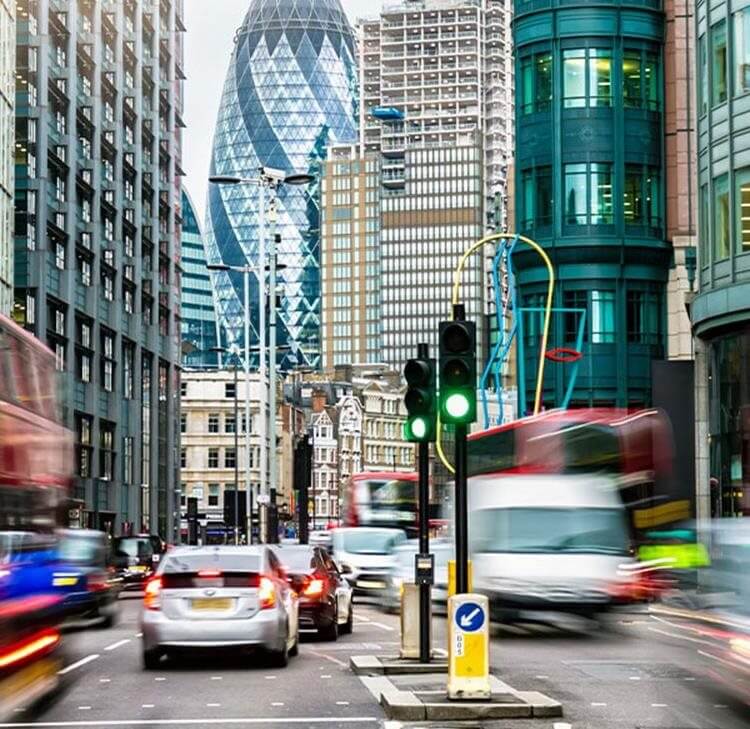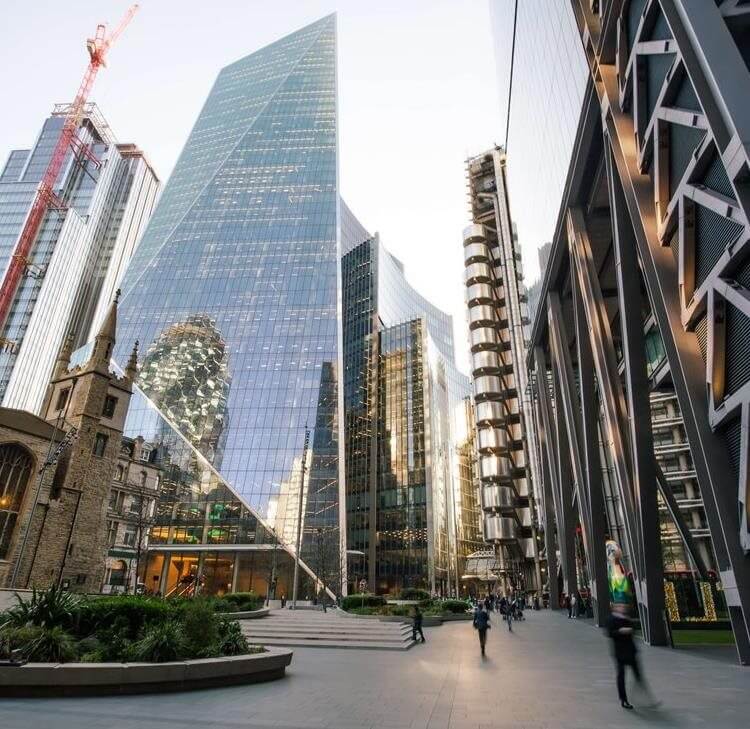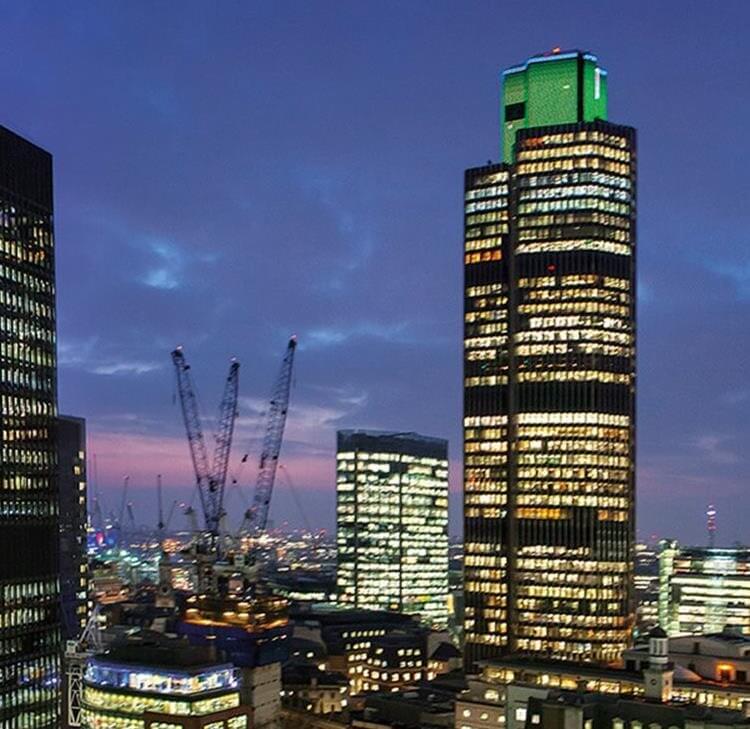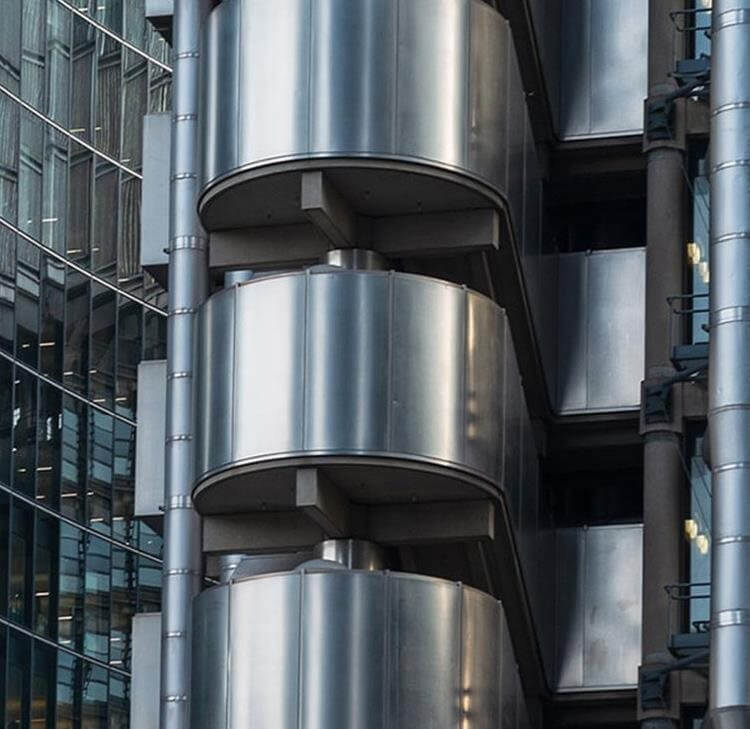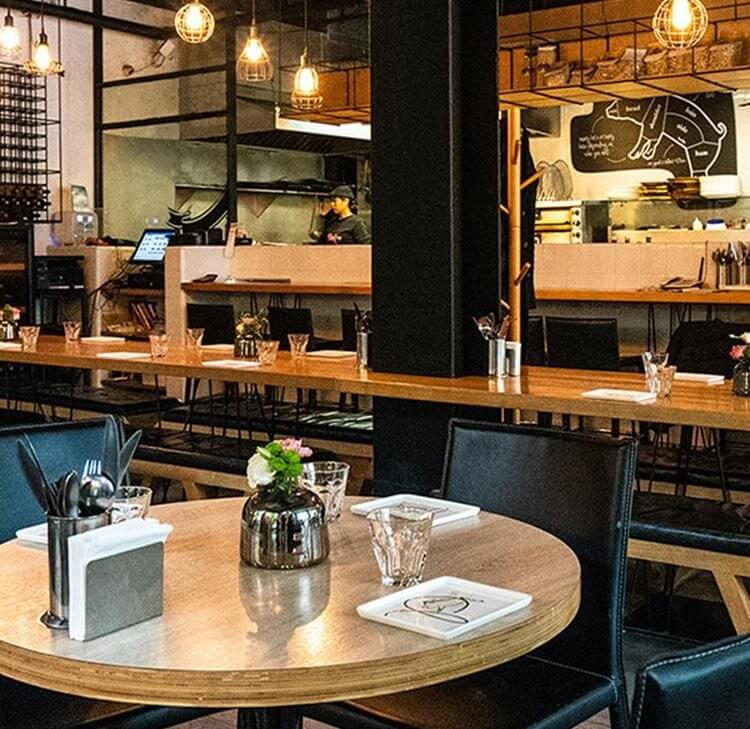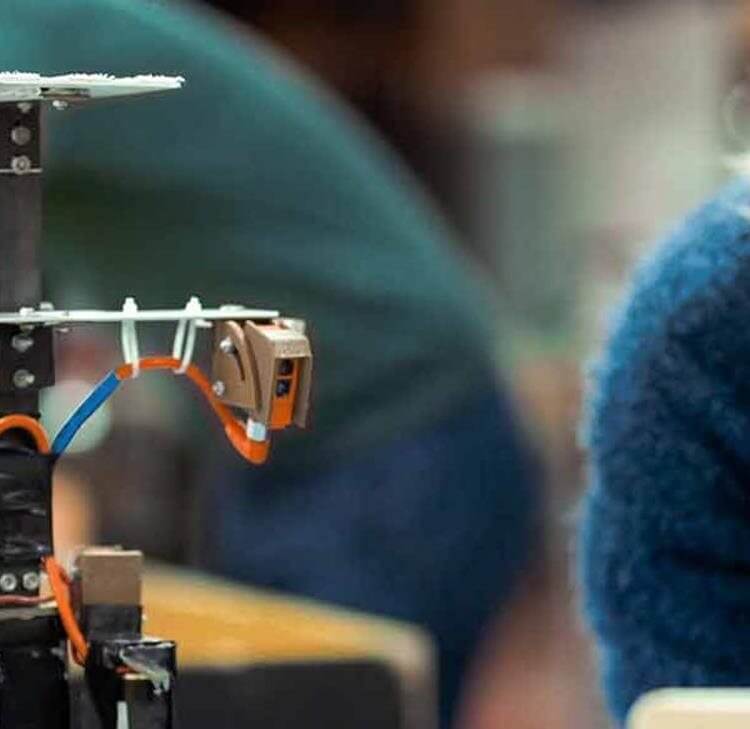The law of nuisance has been considered in a different, more modern context, with the question put before the Supreme Court - is “visual intrusion” capable of being a nuisance?
In a surprise overturning of the Court of Appeal’s previous decision, the Supreme Court held that in certain, extreme circumstances, it is.
The Tate Gallery's viewing platform, which has around 500,000 visitors annually, provided a direct view into adjacent flats which were largely constructed of floor to ceiling glazing.
The Supreme Court found the constant visual intrusion was "oppressive", likening it to being on display in a zoo, and this amounted to a substantial interference with the ordinary use and enjoyment of the flats. As such this was sufficient to meet the requisite test for nuisance. This overturned the Court of Appeal's view that "mere overlooking" cannot give rise to liability in nuisance.
The application of the test for what is an actionable nuisance in the light of Tate will be one of degree – adopting the language of the Supreme Court - whilst ordinary household noise caused by a neighbour is not a nuisance it does not mean that “inviting a brass band to practise all day every day in my back garden cannot be an actionable nuisance”.
This case illustrates how the law of nuisance moves with the times and we anticipate that other cases seeking to balance rights of neighbouring landowners in an increasingly modern context will come under scrutiny in the future.
For a more detailed analysis of this case, see our briefing note here.
Contents
- Perils: Property insurance claims newsletter - May 2023
- Proximate cause focus: Brian Leighton Garages v Allianz and Allianz v University of Exeter
- The risk of encroachment is not a nuisance: Davies v Bridgend County Council
- COVID-19 BI Claims rumble on
- The perfect financial storm: top 5 trends making a mischief with BI adjustments
- Parties are in hot water over hot works dispute
Key contact

Rachael Murphy
Principal Associate
rachael.murphy@brownejacobson.com
+44 (0)115 976 6219






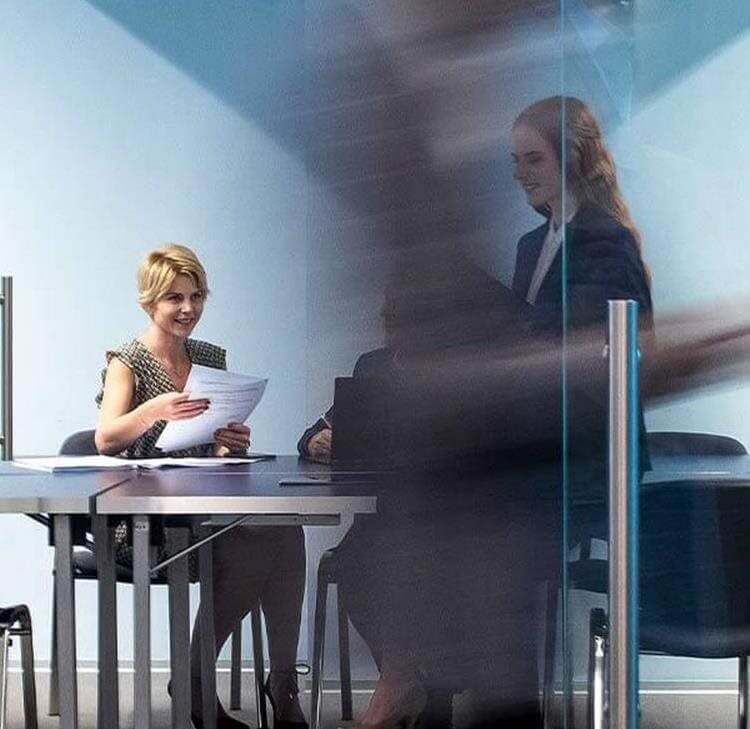

![Contractual liability for all inclusive treatment: Bartolomucci v Circle Health Group Limited [2025]](/getattachment/95f9533b-f99c-4fcc-b8d5-3f93904b8242/shutterstock_1265400856.jpg?variant=HeroImageTabletVariantDefinition)




